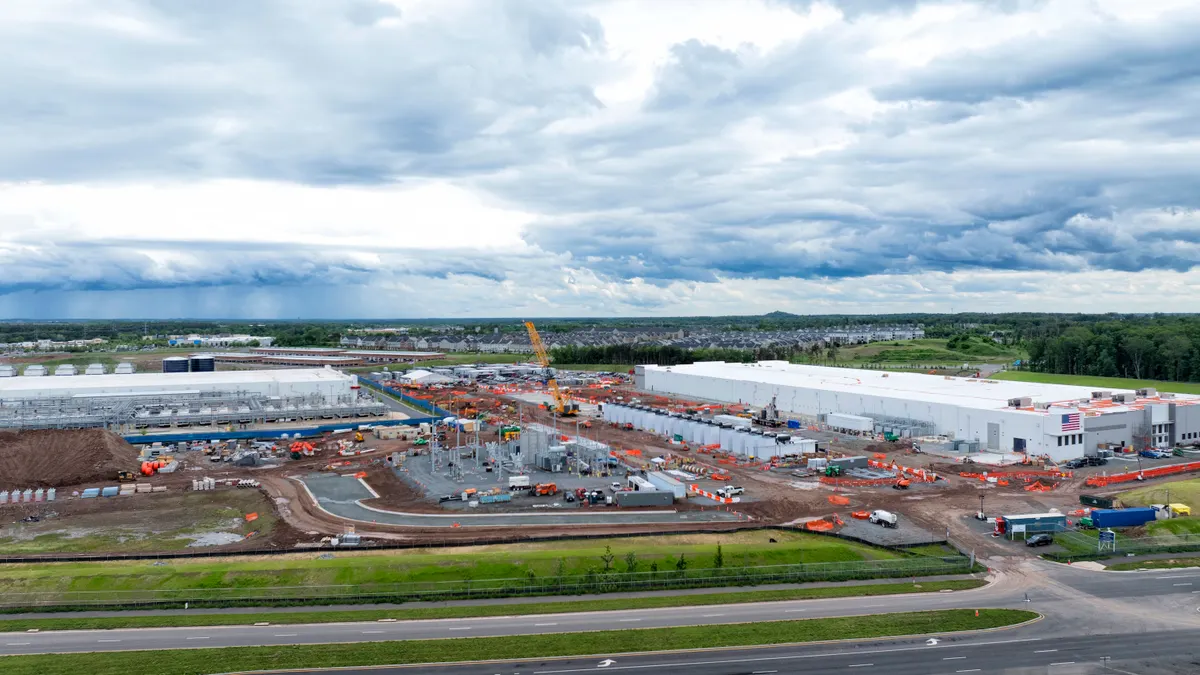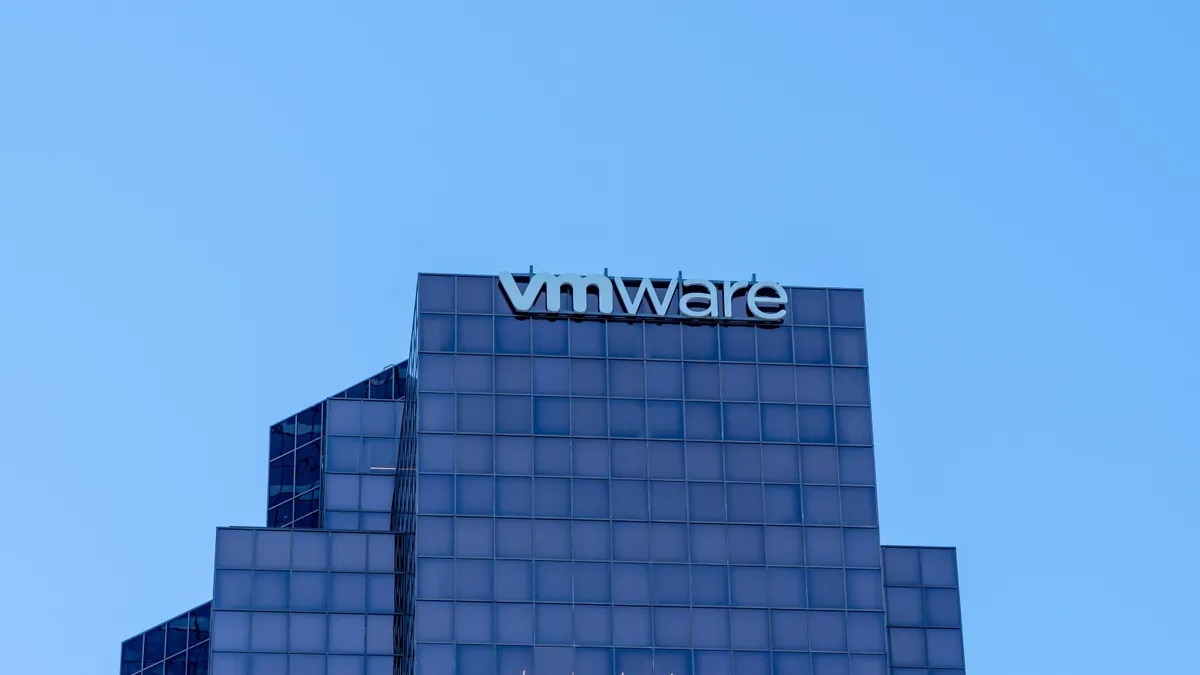Editor's note: The following is a guest article from Jason Hall, VP of Client Services for database software company SentryOne.
A theme dominating media coverage these days is, "how can enterprises move as much of their business to the cloud, as fast as possible?"
A narrative has emerged that if enterprises lose this race to the cloud, their business is doomed. CIOs, CTOs and other technology executives have imposed top-down mandates to move a hefty percentage of their organization to the cloud by a set deadline.
But the smarter approach for many enterprises relying on legacy systems may be to move to the cloud more methodically.
The problems associated with cloud adoption can be mitigated when organizations embrace a phased and augmented cloud transformation approach. Many enterprises are also considering a multi or hybrid-cloud approach, giving them more flexibility to deploy workloads combining the best of both worlds — public and private clouds.
But no matter the provider or purpose, a cloud migration strategy is best and most successful when implemented in stages to ensure business continuity and uninterrupted operations.
Cloud-based workloads, in many cases, are more available and more secure than workloads in a company's data center. That's because Azure and other cloud platforms have perfected their security safeguards against the latest threats.
These workloads are still susceptible to distributed denial of services (DDoS) attacks, which can threaten the availability of cloud-based services to users. This means that organizations choosing which workloads to move to the cloud need to be thoughtful about their approach.
The business case for an incremental cloud migration
Every business's cloud migration story is different, but there is still a common thread. No organization wants to interrupt mission-critical business operations. Rather than rushing workloads to the cloud as fast as possible, organizations should consider a more methodical approach. Businesses should start with research and development, DevOps-focused data workloads which are less critical to the day-to-day running of the business.
They should gradually expand to transitioning more mission-critical workloads. These are the types of databases and applications — customer relationship management, enterprise resource planning, data warehousing, among others — where, if a major outage occurred, it would completely disrupt the business.
The slow-and-steady approach allows enterprises the chance to move to the cloud in small steps without introducing risk to essential business processes.
Still, none of this is possible without thorough planning and expert implementation from those on the IT team all the way to the top of the c-suite. Given the complexity and mission-critical nature of cloud migration, enterprises require a clear vision and strategy to plot their journey to the cloud.
Using a multicloud or hybrid cloud approach
More enterprises are opting to take a multi or hybrid-cloud approach. A Gartner survey showed that 81% of their respondents are working with two or more providers.
Multicloud may appeal to organizations that want as many choices as possible and want to take advantage of the best capabilities of each platform.
Enterprises can choose different strengths of cloud providers to meet their specific needs. Most organizations still need to bring some of their infrastructure — servers and applications — on-premise and that's where the hybrid cloud approach is becoming more prevalent.
A hybrid cloud approach can deliver IT's traditional benefits, such as reliability, security and availability while simultaneously delivering the agility and speed provided by cloud.
Microsoft and other hyper-scale vendors are supporting this hybrid cloud approach, allowing organizations to spin up cloud workloads more incrementally while keeping some workloads on-premises.
Getting people prepared
When migrating to the cloud, many enterprises have failed to augment their existing teams and training with more hybrid cloud skills. Many enterprise IT teams are facing a cloud-first directive, but may lack the skills necessary to move legacy systems to the cloud.
To successfully complete this transition, IT organizations could benefit by having their people gain cloud-enabled skills and learning hands-on with smaller cloud migration projects. Top enterprise executives also need to begin investing in in-demand skill development programs. Successful enterprises have closed their skills gap through a combination of internally run programs, self-directed training and external education programs.
What's next?
The race to the cloud narrative likely isn't going away any time soon. The pressure many enterprises are under is understandable, given the reduced cost, potentially reduced downtime, agility, flexibility, performance and the opportunity to drive digital transformation forward.
But business objectives must dictate cloud strategy, which is inherently complex. Enterprises which are going to survive in the new hybrid, multicloud world need to foster the skills they already have in-house, while embracing some shifts toward new ideas in how they approach their people, organization, culture and processes.
When it comes to cloud adoption, the biggest challenge isn't technology — it's the people and processes that must change and adapt.





















